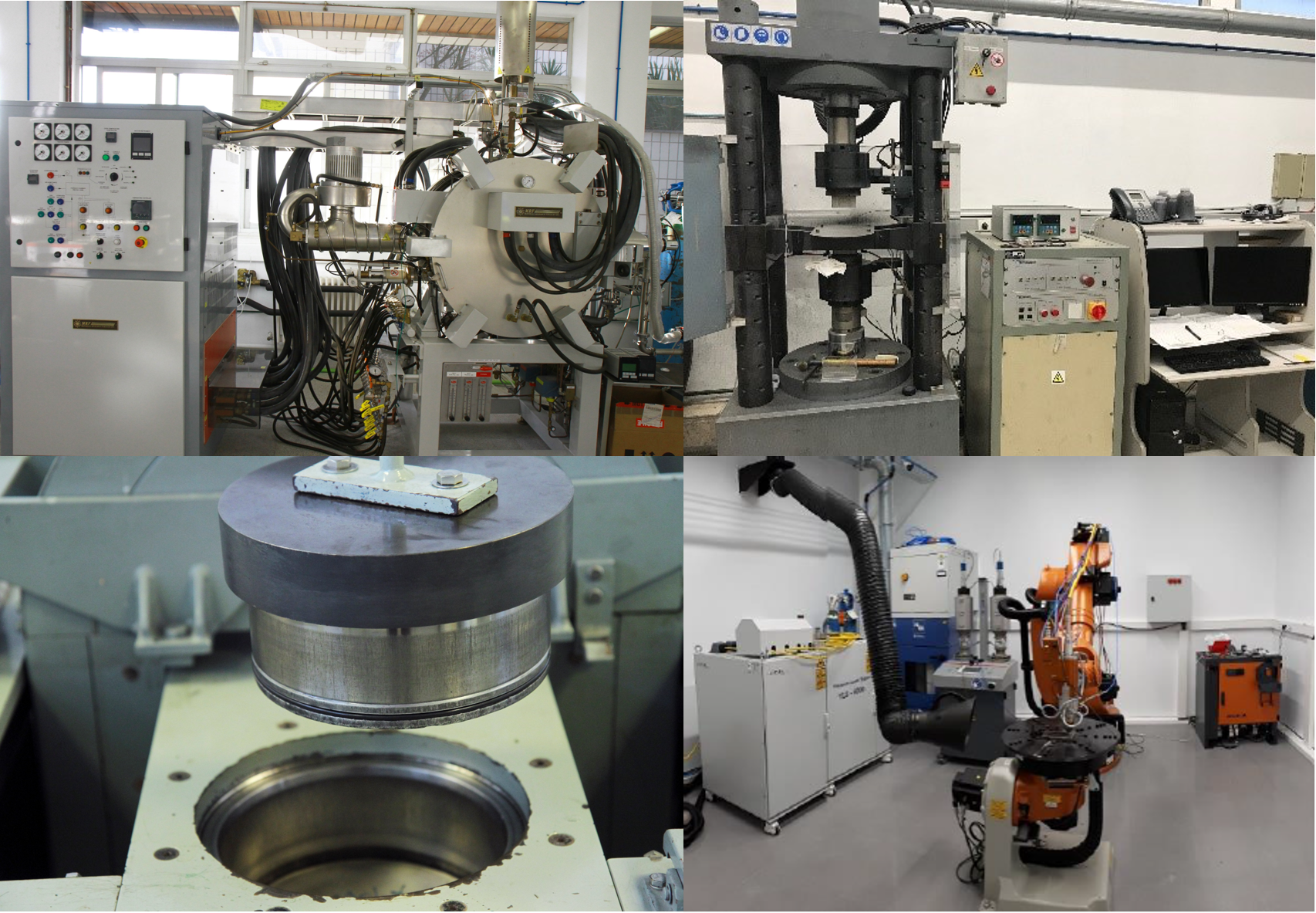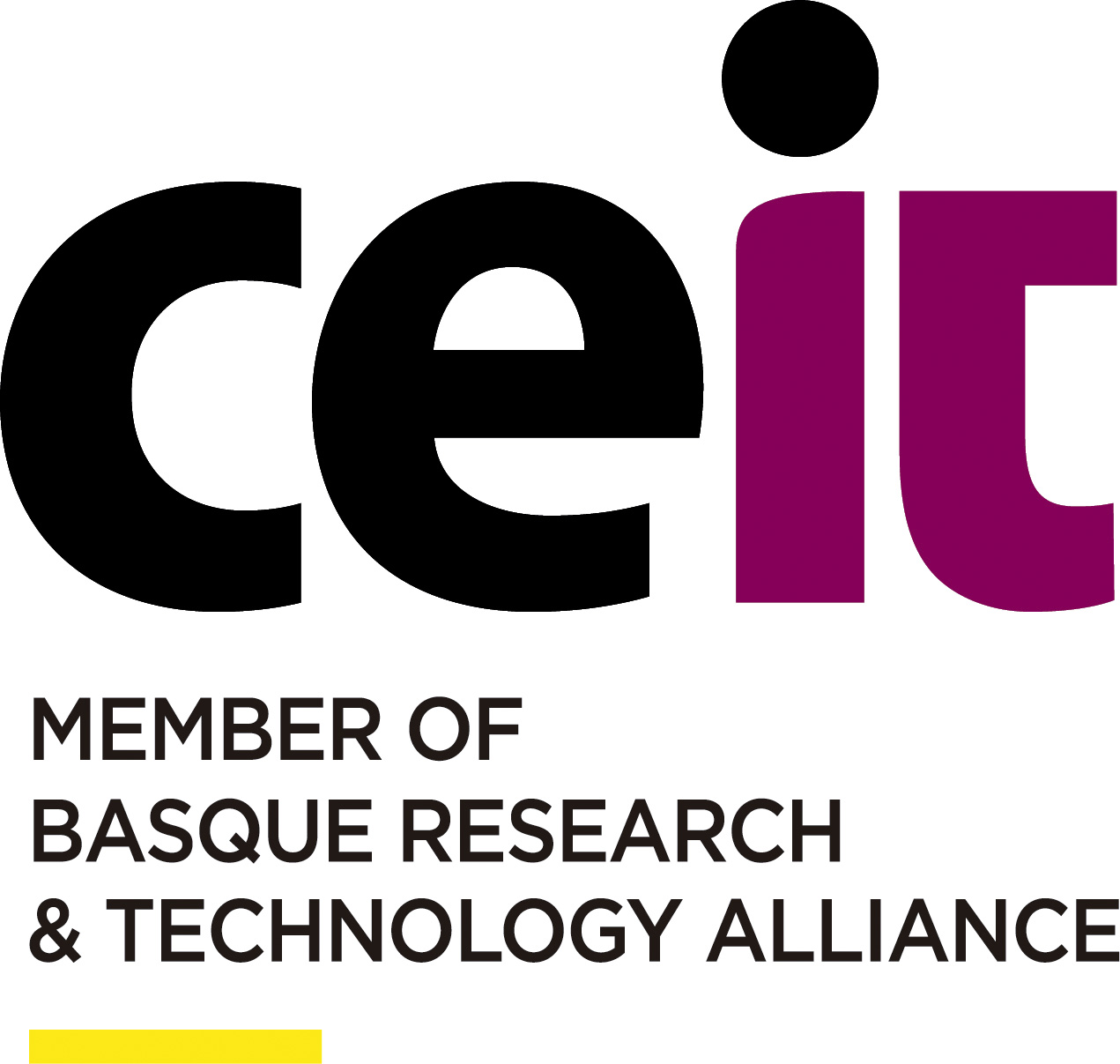NAME Near Net Shape lantegi pilotua

Ceit-eko aktiboak hainbat ekipo konbinatzen ditu zeintzuk, hauts metalurgian 30 urtetik gorako esperientziari esker, osagai konplexuak sortzeko aukera ematen dute materialaren erabilera optimizatuz. Horrela, osagai handiak, hautsen HIP (prentsaketa isostatikoa berotan) prozesuaren bidez ( ekoiztu daitezke; osagai konplexuak, kopuru mugatuan, gehikuntza bidezkofabrikazio bidez; tamaina ertain, konplexu eta kopuru handiagoan, prentsaketa eta sinterizio bidez; txikiak, konplexuak eta kantitate handiagoan, metal injekzio moldekatze (MIM) bidez; eta zati simetrikoak, estrusio bidez. Gainera, aktiboa osatzen duten instalazioek errendimendua doitzeko aukera zabaltzen dute, tratamendu termikoen eta neurrira bereziki diseinatutako hautsekin egindako estalduren bidez.
FIELDS OF APPLICATION
Advanced unions
Coatings and Surfaces solutions
Design and development of materials
Manufacturing processes
MOST OUTSTANDING EQUIPMENT AND COMPONENTS
-
Extrusion Unit for Powder feed stock
Extrusion Unit for Powder feed stock
-
HIP Unit ASEA QIH6
Hot Isostatic Pressing (HIP) is a process to densify metallic powders or additive manufacturing, cast and sintered parts in a furnace combining high pressure and temperature. The gas (usually argon) pressure acts uniformly in all directions to provide isostropic properties and 100 % densification. It provides many benefits and has become a viable and high performance alternative to conventional processes such as forging, casting and machining in many applications. Main equipment: ASEA QIH6 HIP press with a working zone of diameter 120 mm and height 200mm.The maximum work temperature is 2000 ºC and the maximum operating pressure is 1500 bar.
-
MRF F14x14x14WW/M-1800VD-GH2 Furnace
The MRF furnace is built for CEIT. The system is a versatile furnace with a high vacuum system, inert and hydrogen gas system. This furnace provides numerous atmospherics conditions (high vacuum, pure hydrogen and hydrogen-inert mixes) at temperatures up to 1800ºC. It is a batch furnace, with an effective chamber of 300x300x300 mm, featuring repeatable and accurate processing conditions. Also provides a gas quenching system.
-
Multifunction laser cell for additive manufacturing and post-processing
The multifunction laser cell is a complete operative system installed at Ceit-IK4 used to perform four different applications: Additive manufacturing of metallic parts by LMD, Cladding of metallic parts fabricated by other methods in order to repair them or provide them with additional functionalities, laser thermal treatment (hardening or softening) or surface finishing (cleaning and polishing) of metallic parts, remote laser welding with and without filler material. Main equipment: 4KW fiber laser from IPG, cladding head with a motorized collimator and a melt-pool closed-loop control system (first two applications) and a 3D laser scanner (two last applications).
-
Servosis instrumented Uniaxial Press up to 100 Ton
The Servosis Press is a 100 Tm servo-hydraulic uniaxial press. It has two independent hydraulic actuators, and the load and displacement are recorded in both actuators in every moment, having the capability of transform this parameters in density vs load chart in a single piece pressing process. Also we are able to obtain shrinkage measurements in green pieces and sample extraction process data.
SERVICES OFFERED BY THE ASSET
Cladding and Welding
The multifunctional laser dell could also be used for laser welding and repair/functionalization by powder deposition. In both cases special powder could be used with controlled characteristics (shape, defects, particle size distribution, chemical composition…)
Demonstrators and Prototypes
NNS parts will be produce by the powder technologies involved in the asset: • Press and sinter • LMD • Forging and extrusion • HIP and CIP The service also include the design of the components, according to the capacities of the different technologies as well as the possibility of using specially designed powders (superalloys, special steels, magnetic powders …).
Superficial Heat Treatments
The NNS facilities involving laser also allow the selective superficial heat treatment of different components. Mechanical properties could be modified tailoring the behavior of the part.
Volumetric Heat Treatment
Volumetric heat treatments could be performed with the furnace involved in the Pilot Plant. Different atmospheres and flexible heating and cooling rates as well as temperature range are offered. Also HIP could be used for improving the mechanical properties of parts produced by other methods like casting, AM, sintering.
ENTITY MANAGING THE ASSET

Contact person:
Iñigo Iturriza Zubillaga
iiturriza@ceit.es